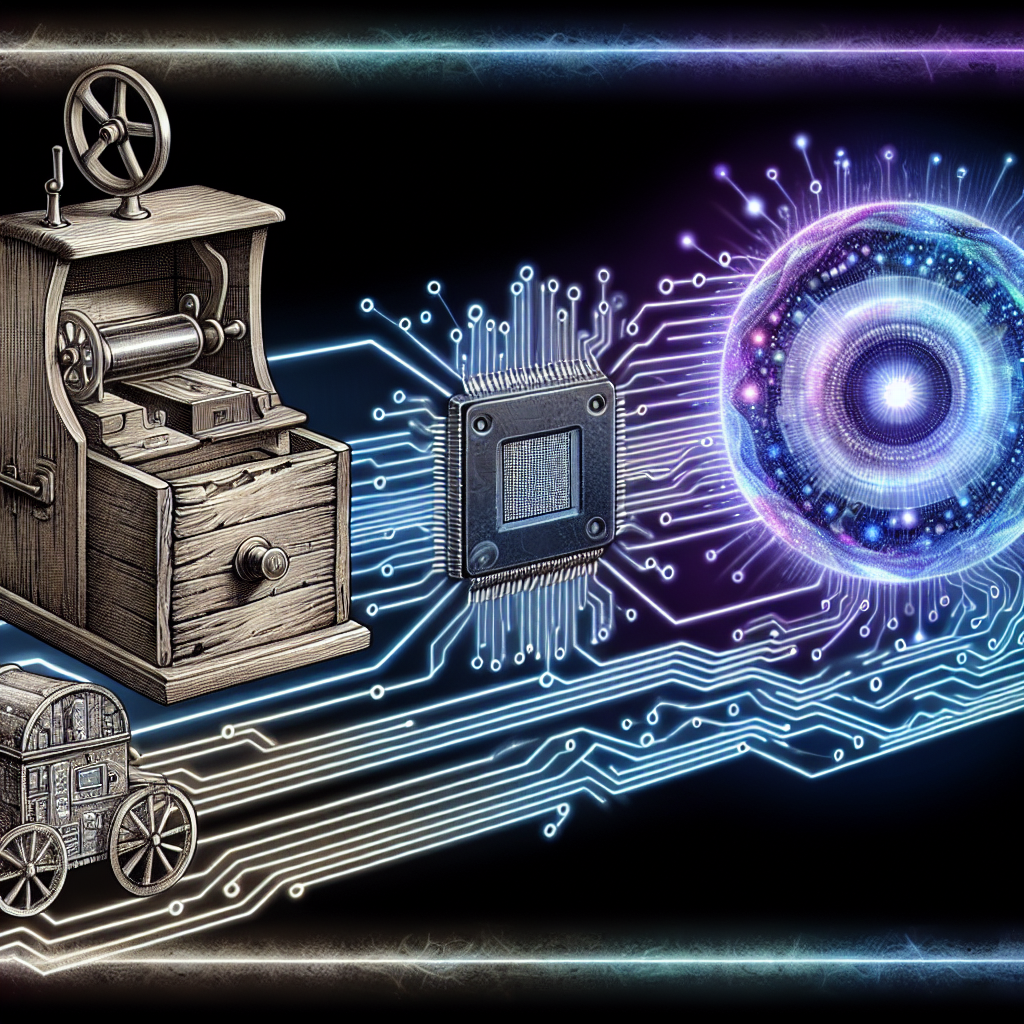Your cart is currently empty!
The Evolution of Non-volatile Memory: Past, Present, and Future

Non-volatile memory, also known as non-volatile storage, is a type of computer memory that can retain stored information even when the power is turned off. This is in contrast to volatile memory, such as RAM, which loses its data when the power is disconnected. Non-volatile memory is essential for storing important data and programs in devices such as computers, smartphones, and digital cameras.
The evolution of non-volatile memory has been a fascinating journey, with advancements in technology leading to faster, more reliable, and higher-capacity storage options. Let’s take a look at the past, present, and future of non-volatile memory.
Past:
The earliest form of non-volatile memory was magnetic core memory, which used tiny magnetic cores to store data in the form of magnetized bits. While effective, this type of memory was bulky, expensive, and had limited capacity. In the 1970s, the introduction of electrically erasable programmable read-only memory (EEPROM) and flash memory revolutionized the industry. These technologies allowed for rewritable and non-volatile storage, paving the way for the development of devices such as USB drives and solid-state drives (SSDs).
Present:
Today, non-volatile memory technology has come a long way, with SSDs becoming the storage option of choice for many consumers and businesses. SSDs offer faster read and write speeds, lower power consumption, and higher reliability compared to traditional hard disk drives. Additionally, NAND flash memory, a type of non-volatile memory used in SSDs, continues to evolve with the introduction of 3D NAND technology, which allows for higher storage densities and lower costs.
Future:
Looking ahead, the future of non-volatile memory holds even more exciting possibilities. One of the most promising developments is the emergence of new memory technologies such as resistive random-access memory (ReRAM) and phase-change memory (PCM). These technologies offer faster performance, lower power consumption, and higher endurance compared to NAND flash memory. In addition, researchers are exploring the potential of emerging technologies like spintronics and memristors for non-volatile memory applications.
Overall, the evolution of non-volatile memory has been a remarkable journey, from the early days of magnetic core memory to the advanced SSDs and emerging technologies of today. As technology continues to progress, we can expect even more innovations in non-volatile memory that will drive the future of data storage and computing.

Leave a Reply